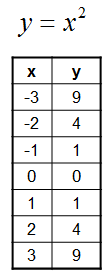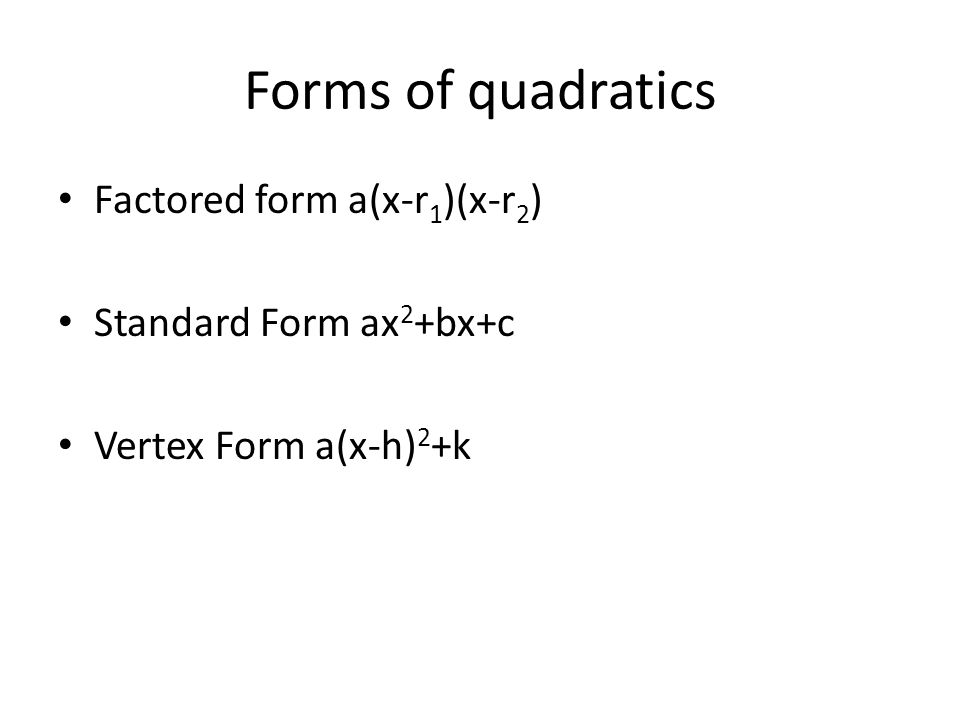This week we learned about the sine law. The sine law was hard to understand at first but after practice it has gotten a little bit better.
The sine law can be used when you dont have very many sides or angles and can be used to find the missing sides. One thing that you must remember is it doesn’t work if there isn’t an angle and a side opposite each other.
a/sinA = b/sinB = c/sinC -to find a side length
sinA/a = sinB/b = sinC/c- to find a angle
One of the hardest parts is typing it all into your calculator properly because one small mistake of not using a bracket can totally change your answer.
We also learned about cosine and when to use that. You use it when the isn’t a angle and side opposite each other.
a^2=b^2 + c^2 -2bc cosA – side length.
cos A = b^2 + c^2 – a^2 / 2bc – Angle
Cosine law is much more difficult to use. if I can I always use sine law and if I cant I just do cosine law until I get enough information to use sine law.


